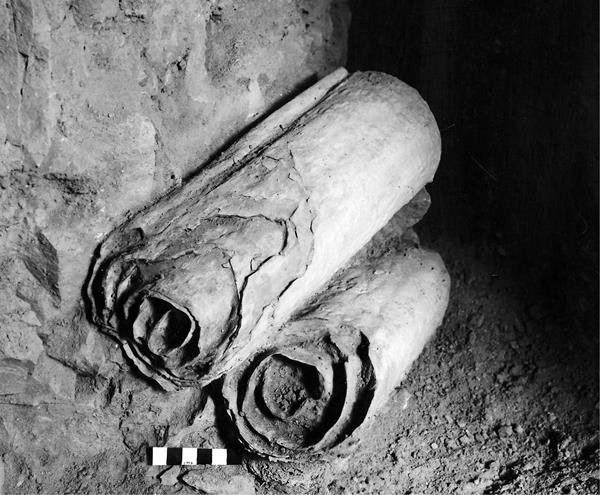
The mysteries of the Copper Scroll, found in one of the Dead Sea caves, have never really been solved. The Copper Scroll seems to contain a list of treasure—and is the kind of find that Indiana Jones could have used to track down vast amounts of gold and silver ingots. Its very substance—fine copper—indicates that the people who hid this text were wealthy. But not a single piece of treasure from the Copper Scroll has ever been located.
Scholars ask many questions: Was this treasure ever hidden, or is it a kind of fantasy? If treasure was hidden, when did this hiding take place? And what kind of treasure was it?
The Copper Scroll was discovered in the cave explorations done jointly by the American Schools of Oriental Research (ASOR), the Palestine Archaeological Museum, and the École Biblique et Archéologique Français in March 1952. It was found by a team headed by French archaeologist Henri de Contenson in a cave about 1 mile north of the site of Qumran, in the northwestern region of the Dead Sea. Known as 3Q (the third cave found with manuscripts in it [3], close to the site of Qumran [Q]), this cave otherwise contained fragments of parchment and papyrus manuscripts, textiles, more than 30 broken cylindrical jars, more than 20 lids, two jugs, and a lamp.1
Already a library member? Log in here.
Institution user? Log in with your IP address.

